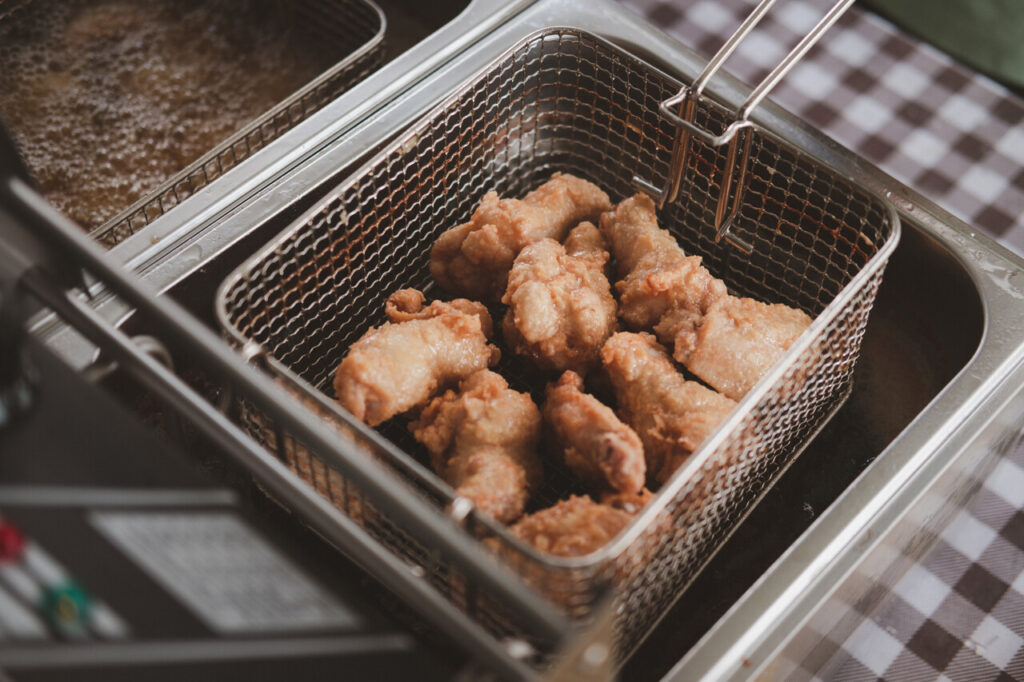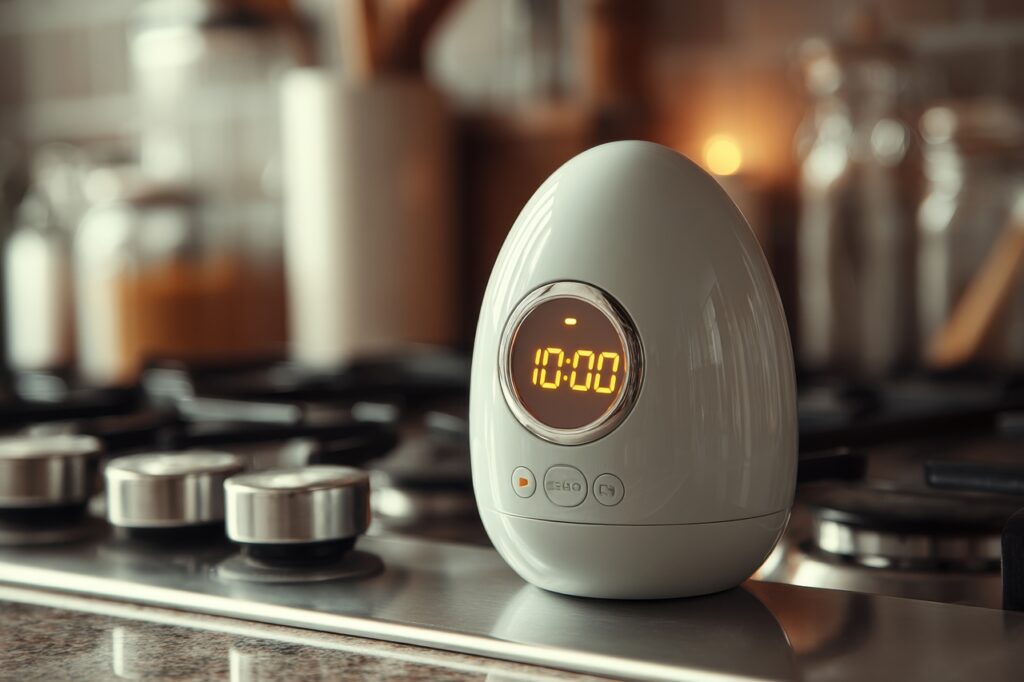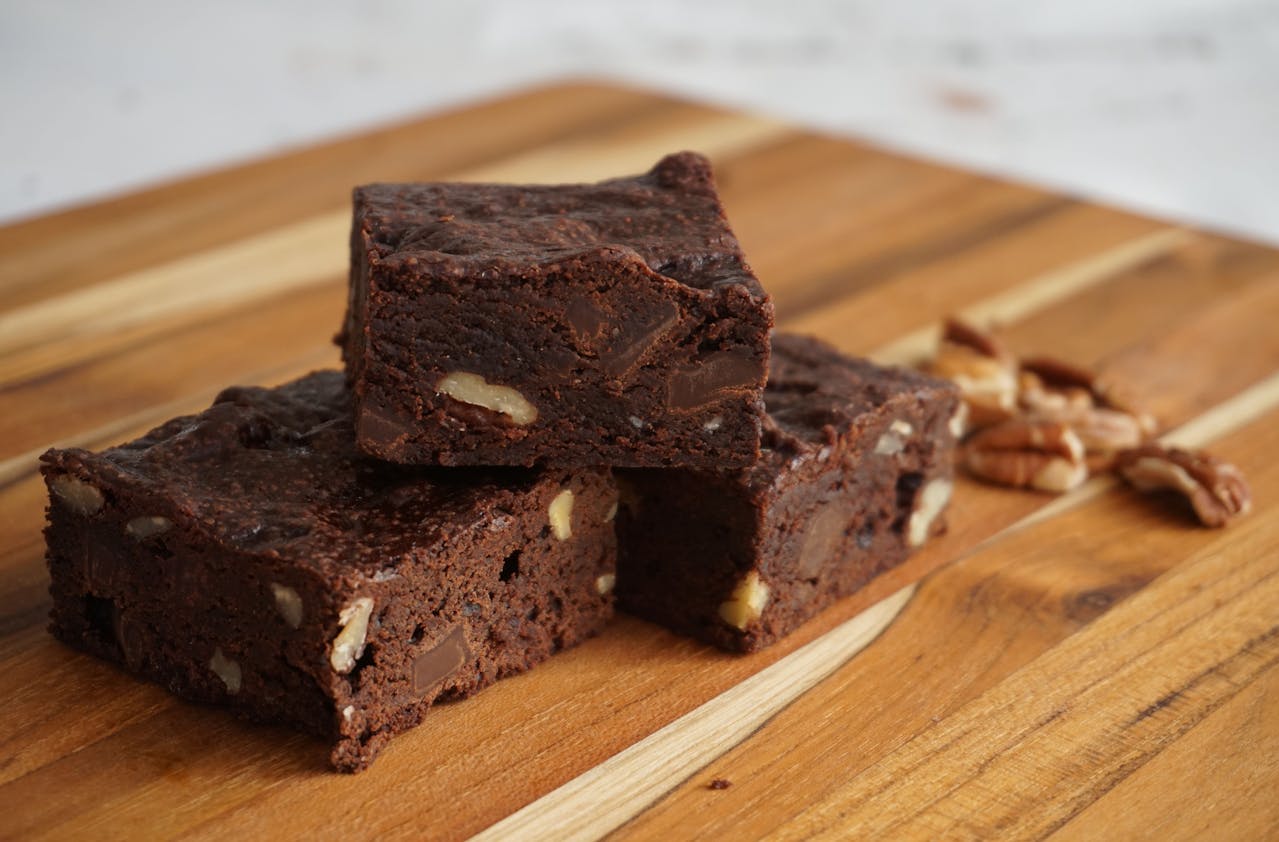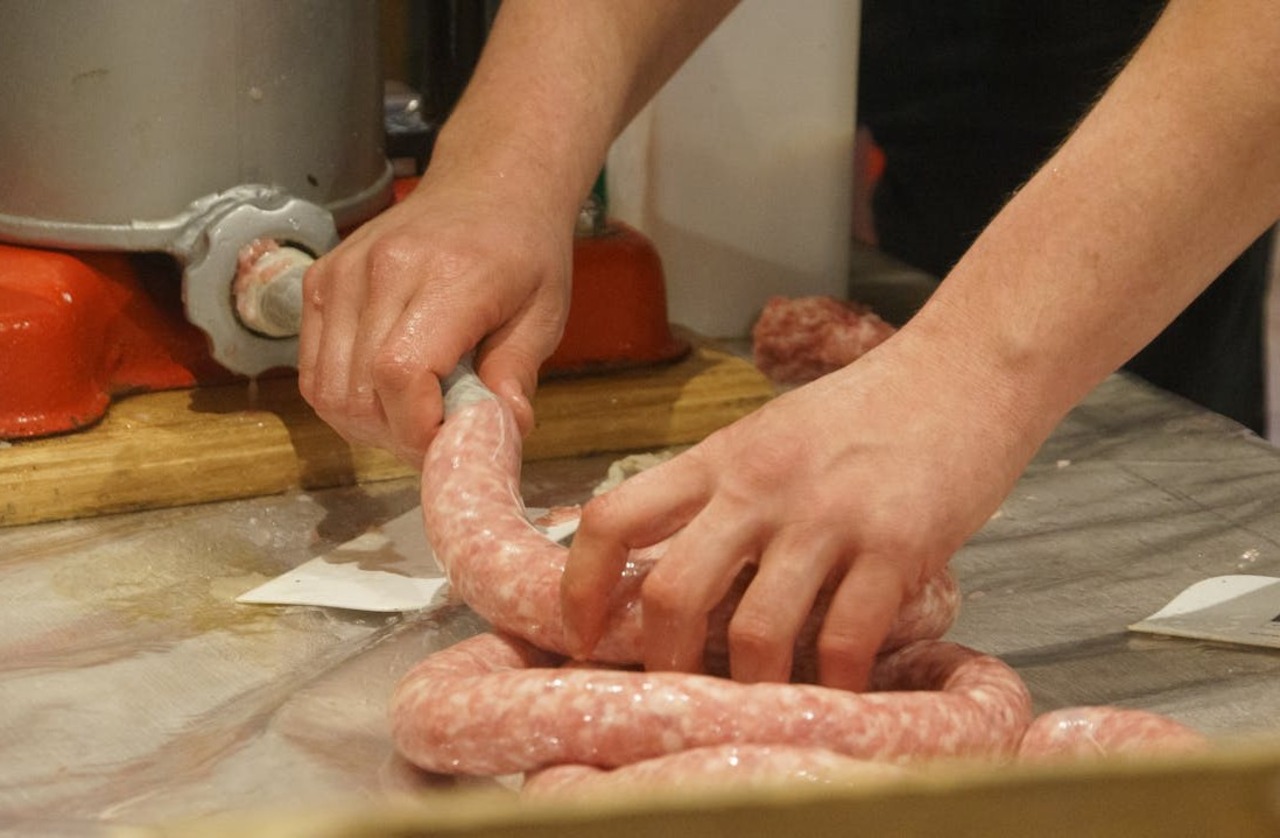What Really Happens to Leftover Chicken at KFC, According to Former Employees

Here’s the thing: most people assume fast-food chicken gets tossed the moment it cools down. Former KFC employees say the truth isn’t that simple. You get a mix of strict rules, behind-the-scenes workarounds, and store-to-store habits that shape what actually happens after the buzzer goes off.
Some workers describe a clean, predictable system. Others remember choices made during a rush that blurred the rules. When you look closely, you start to see how timing, staffing, and day-to-day pressure influence what ends up in the warmer.
What this really means is that leftover chicken doesn’t have one single fate. It depends on policy, managers, and how busy the kitchen gets. Let’s break down what former employees say happens once that chicken hits its time limit.
The Official Rule: Toss It After the Timer

According to workers who trained under corporate guidelines, the rule is straightforward. Chicken sits under the warmer for a set window, and once that window closes, the batch shouldn’t be served. The idea is to protect food quality and keep every piece consistent.
The corporate timer decides everything. Employees say the alarm doesn’t care if the line is out the door or if you just breaded a fresh batch. When it hits zero, the chicken is supposed to go.
But former crew members admit the ideal world isn’t always the real one. Some stores followed the rule without fail, while others made decisions based on what was happening in the kitchen.
How the Timer System Works
The warmer tracks each batch the moment it comes out of the fryer. Employees tap in the time, label the tray, and wait for the countdown. Once the timer ends, workers are trained to throw the chicken out, no questions asked. The system is meant to keep customers from getting stale pieces or anything sitting around too long.
In practice, time pressure can complicate things. A slow shift makes it easy to stick to the rule. Busy periods turn that countdown into a stress point. Workers say managers sometimes check the tray before making a call, especially if the next batch wasn’t ready.
Why the Rule Matters
Former employees say the rule protects the flavor more than anything. Chicken loses its crispness, moisture, and color fast under heat lamps. Stale pieces also make customers complain. That’s why KFC pushes the time limit; you taste it immediately when the cooks let the chicken sit too long.
Still, following the rule perfectly takes discipline. Workers remember moments when a new batch wasn’t ready, customers were waiting, and the only thing in the warmer was a tray a few minutes past the limit.
The Quiet Reality: Some Stores Stretch the Clock

Once you talk to enough former employees, you hear a pattern. Not every store treats the timer like a hard stop. Some managers watch the chicken themselves and decide if it still “looks fine.” Others push the batch a few extra minutes to avoid gaps at the counter.
This isn’t about neglect-it’s usually about survival during peak hours. Workers say some managers tried to balance quality with demand, especially when the fryer was backed up.
The story changes from store to store, but many former employees admit they saw the rules bend during hectic shifts.
The Manager Override
Manager overrides happened quietly. A tray might get an extra three to five minutes if the next batch wasn’t finished. No one rewrote labels. No one reset the timer. It was a judgment call meant to keep customers from waiting through a long cook cycle. Some workers felt uneasy; others say it was normal.
When Bending the Rules Backfires
Stretching the clock might get orders out faster, but former workers say customers notice. Chicken that’s even slightly past its prime softens under the breading, loses that hit of steam when you bite, and tastes a little dull. Managers learned quickly that pushing the limit too far led to complaints.
What Happens After Closing

Closing time brings a different set of rules. Former employees say whatever’s left in the warmer at the end of the night usually gets tossed. There’s no point in stretching the timer because the kitchen shuts down completely.
Even then, the story varies. Some stores donate leftover food if local laws allow it. Others throw everything out because of strict safety policies. A few workers remember managers letting staff take home sealed leftovers, though this wasn’t officially approved.
The real takeaway: the end-of-day cleanup leaves little room for improvisation.
Nightly Disposal
Most stores follow a simple closing routine. Once customers stop coming in, employees clear warmers and discard anything still sitting. Leftovers can’t be stored, reheated, or saved for the morning. Workers say the goal is to start fresh every day, no carryover, no old chicken mixed in with new batches.
Donation and Staff Take-Home Variations
Depending on local rules, some stores donate leftover food through approved programs. Employees say this doesn’t happen everywhere, and participation varies. Off the record, a few workers say managers let staff take home leftovers so the food didn’t go straight to the trash, but this wasn’t endorsed by the company.
Freshness Depends on Policy, People, and Pressure
Former employees agree on one thing: the official rule is simple, but the real world adds pressure. Most stores follow the timer, especially during slower hours or at closing. But during peak moments, some managers stretch the window to avoid delays. The fate of leftover chicken depends on training, staffing, and how busy the kitchen gets. At its best, the system keeps every piece fresh. When corners get cut, you can taste it.
References
- Former KFC Staff Expose What Happens to Leftover Chicken, Insider Reveals – newsbreak.com
- Kfc Policies And Procedures For Employees – bookstation.org
- 8 Things You Never Knew About KFC, Straight From Former Employees – popsugar.com







